Hat Box
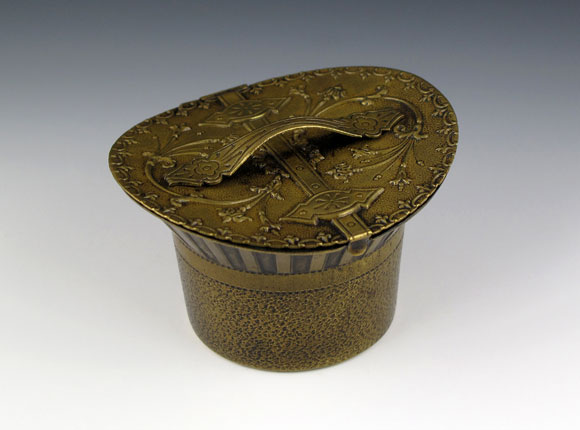
Needle Case
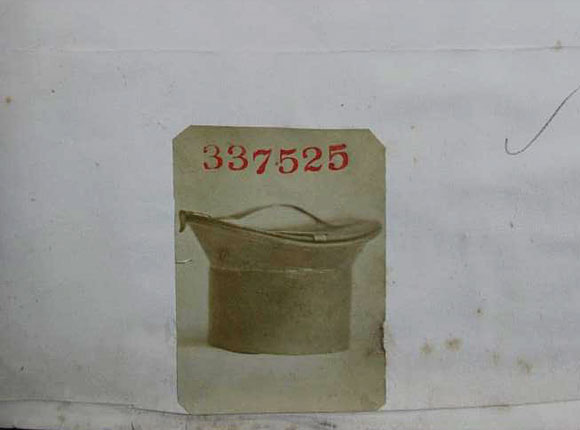
Design Representation
Design Details
Needle Case Type: |
Figural |
Patent/Registered to: |
W. Avery & Son - Redditch |
Patent/Design Representation #: |
Ornamental Class1: Metal: #337525 |
Patent/Design Registration Date: |
July 26, 1879
|
Location of Patent/Design Registration: |
The National Archives (TNA) - Kew, UK |
Reference #: |
TNA Representation - BT 43/45/337525
TNA Register - BT 44/4/337525 |
Dimensions: |
5.3 x 4.7 x 3.1 |
Material: |
Brass |
Name Variations: |
a) W. Avery & Son - Redditch
b) unmarked |
Other Variations: |
Nickel-silver version |
Additional Photographs
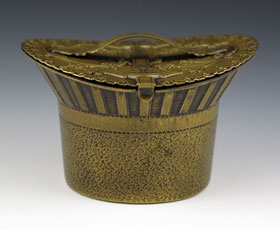
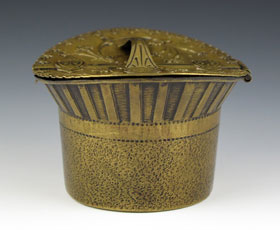
Front clasp and side views
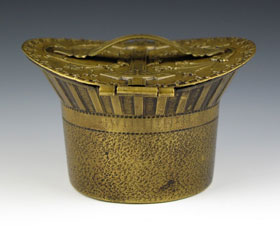
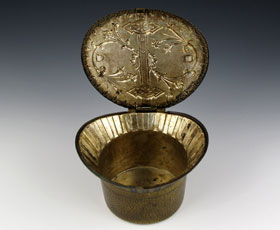
Back hinge view and interior
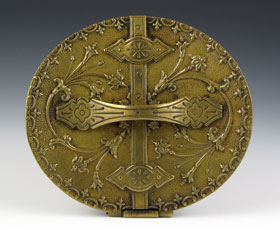
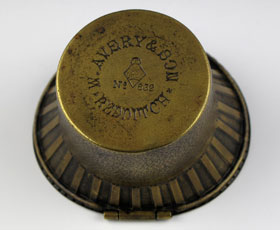
Top view and bottom Avery signature
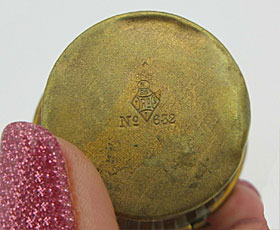
Bottom unmarked (photograph from eBay)
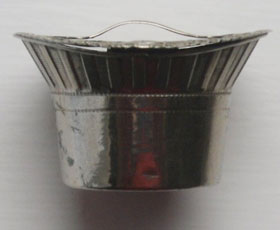
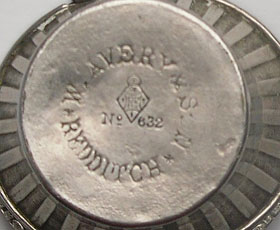
Nickel-silver version details (photos from eBay)
Facts
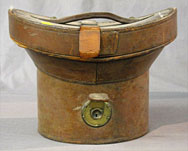
The hat box is the traditional bucket shaped case designed for travelling with a top hat. These have been made of leather since Victorian
times and are still available, made to order, today. They are typically lined with red velvet or satin.
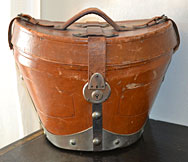
History
Tops hats appeared in Britain in the late 18th century at which time the three sided or tricorn hat was worn. The Dandy, George Bryan
“Beau” Brummel, is credited with increasing its acceptance and by the early 1800s it was worn by all classes and part of the uniform of policemen
and postmen. While the upper class could afford those of beaver felt and silk, the lower classes made do with felt made from rabbit fur.
Over the century the style of toppers altered in crown height and shape and brim width, from the early, tall straight sided stovepipe to shorter,
nipped in side shaped chimney pots. Popularity was assured when Prince Albert started wearing the top hat in 1850. The black silk top
hat became the mark of the respectable and successful Victorian gentleman.
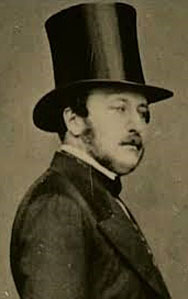
Prince Albert
Miscellaneous
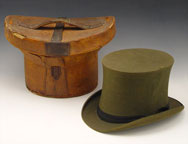
In Victorian England the dangers to milliners working with felt made from rabbit, hare and beaver felt were well recognised and the expression
“as mad as a hatter” in common usage. The process by which the fur was removed from the animal pelts by soaking in a solution containing
mercury nitrate was known as carroting because it turned the fine edge fur orange. The process made separation from the animal skin
easier. Milliners working with this felt, often in confined spaces, were subjected to mercury vapours which caused mercury poisoning with the
symptoms of tremor, shyness, irritability, memory loss and speech difficulties. By the 20th century the condition was rare in England as the
occupational hazard of mercury had been recognised and addressed. Although an alternate mercury free method of felting was patented in the USA
in 1874, it was not adopted and use of mercury continued until 1941 until banned because mercury was needed for the war effort.
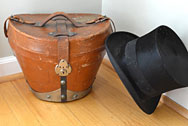
Note: Right side panel text and photos provided by Lynda Herrod.




















